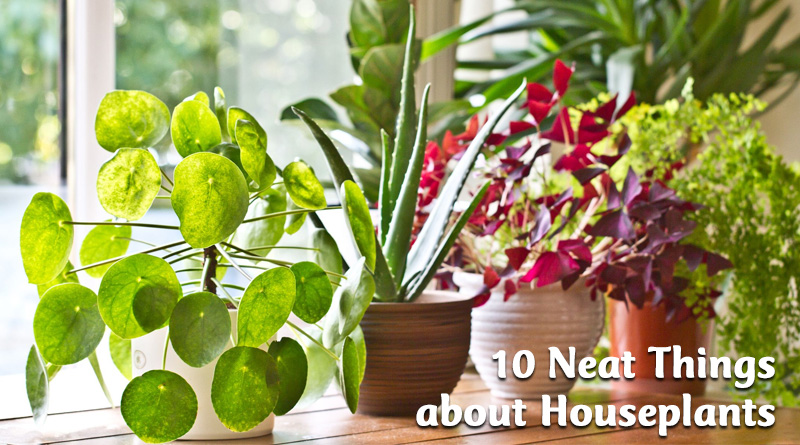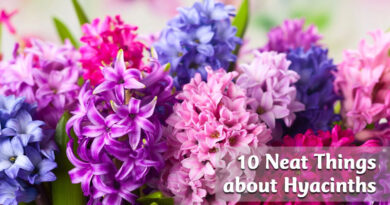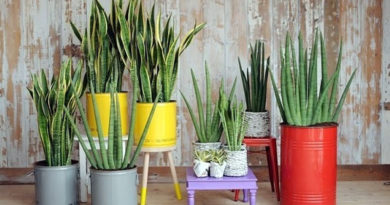10 Neat Things about House Plants
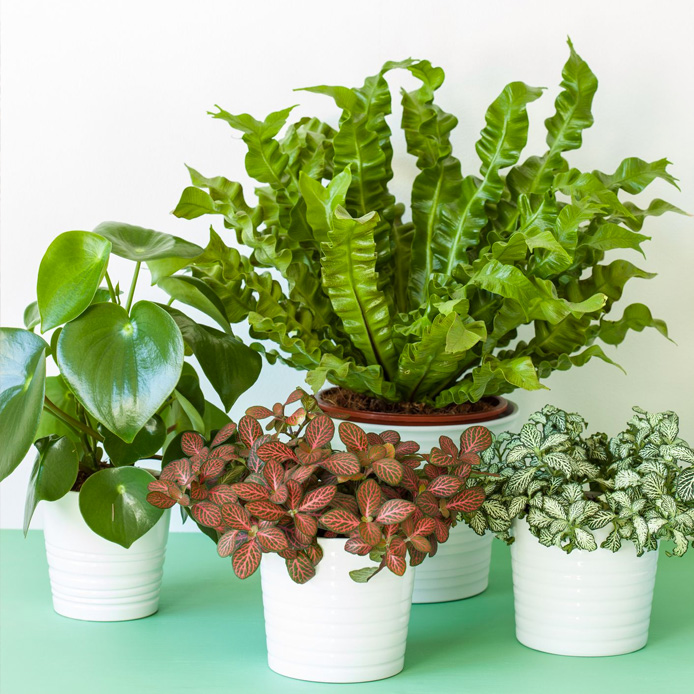
Shade dwellers.
One of the most important things to understand about house plants is that most are shade or partial shade dwellers in their natural element. That’s what makes it possible for us to grow them indoors where our artificial lights and windows can never provide the illumination impact of the sun – even on a cloudy day. Some can take quite heavy shade, others, usually those that flower, need a sunny window. Know what you are buying and buy plants to suit the conditions in your home.
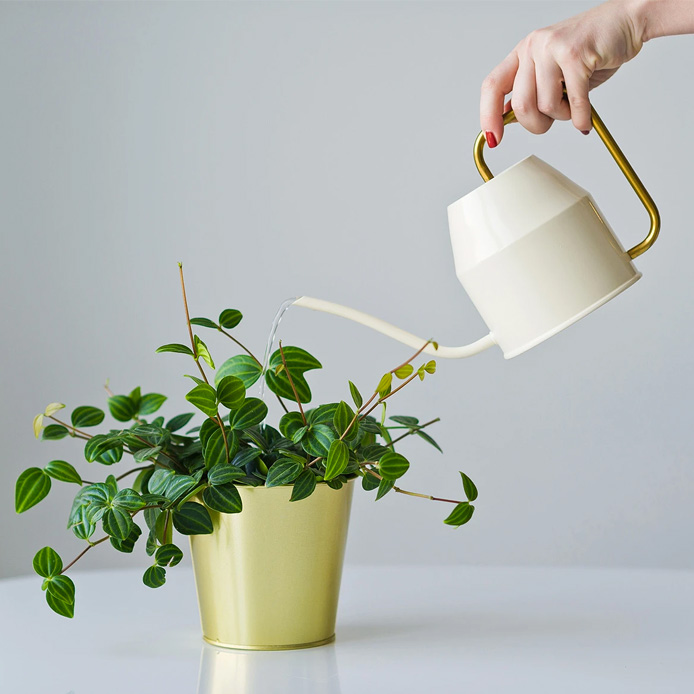
Water, water, water.
Watering is the other issue that most affects house plants. Stressed out plants usually receive too much or too little water. How much and how often to water? There is no universal rule of thumb, just your own powers of observation and knowledge of what your plant needs. Most, however, are able to survive on a weekly watering. Often, even though this may not be their preferred treatment, they will acclimatize to the regimen you impose. They do best if you take the plant to the sink, let the water run through and then let the plant drain until it stops dripping. Some plants, such as ivy, don’t like to be wet but if they dry out, they die.
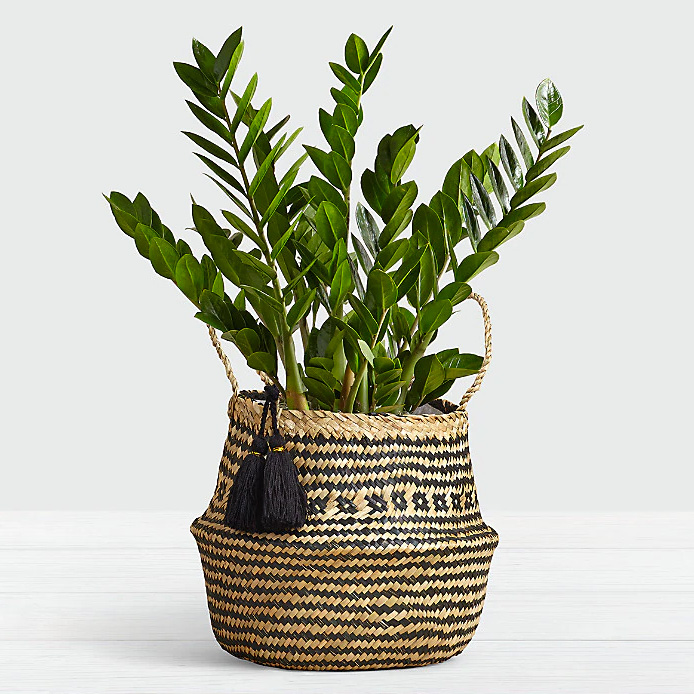
Water some plants sparingly.
A number of house plants prefer to dry out between watering. An example of this is the ZZ plant which also does very well in a low-light environment. Water too often and give it too much light and this plant will grow way too fast for your comfort. The ZZ plant can go a month or even longer without water. Succulents, too, prefer to dry out – they have their own water storage tanks in leaves, stems or roots or all three. Aralias really resent too much water and will drop their leaves if too wet. Aralias can be quite happy to go without watering for two to three weeks, depending on the medium they are planted in.

Check the soil.
Most tropical plants come planted in a peat-based soil mix which may dry out very quickly. This will affect the intervals between waterings. You can reduce watering frequency by adding top soil or a small amount of coco husk, which retains moisture, next time you replant. You still have to be observant, though. Water-logged soil can quickly drown your plants because roots can’t get enough oxygen from soaking wet soil. Too much water can also cause root rot.
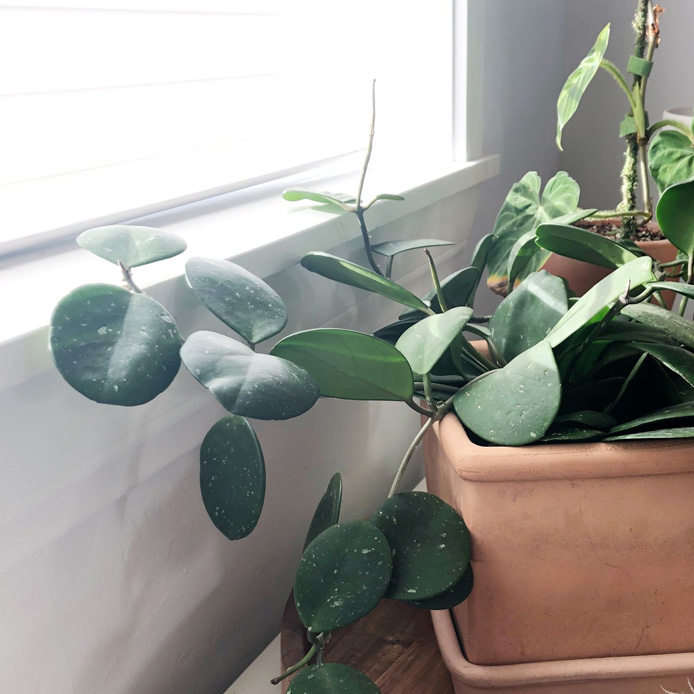
How much light is too much or too little.
Light requirements depend on the plant. A plant that needs bright light can be put on a windowsill. If it needs bright but filtered or indirect light, it can be placed a few feet away from a sunny window. The distance from the window, the direction of the exposure will all have an effect. If your new plant seems to be struggling, try moving it.

Make my African violet bloom, please.
African violets are notorious for becoming sulky and refusing to bloom, especially after a repotting. They like to be in a crowded pot to bloom, but that doesn’t mean they like competition from the little suckers that sometimes form on the side of the root. Prune these off – you can add a bit of rooting compound and plant them up in another little pot. Try watering with very warm water and try putting your bloomless plant in a sunnier window or even under the shade or an incandescent lamp where the light will spill down on it. A fertilizer such as Schultz for African violets will also help.
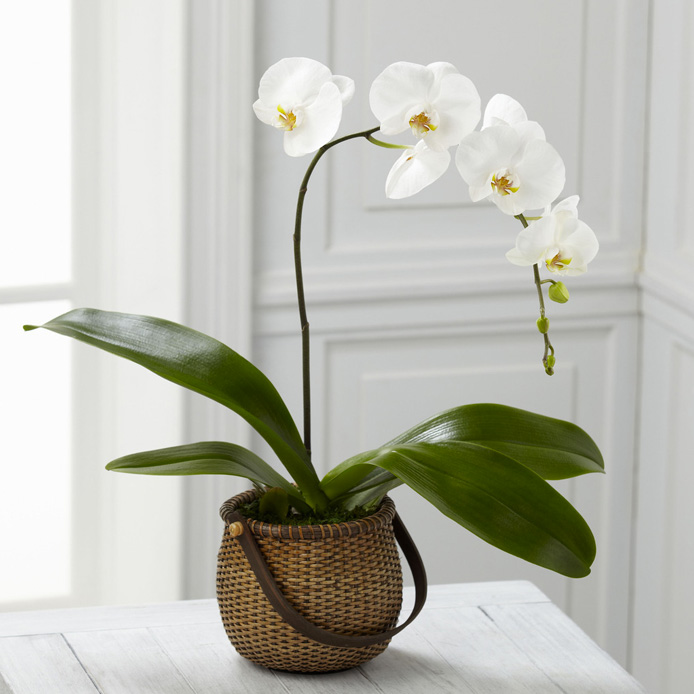
Orchid help.
First, don’t overwater. The Phalaenopsis orchids most of us buy like to dry out between waterings and they do need lots of air for their roots. In nature, they hang upside down with their roots exposed to the air and the rain, so you can see how much they appreciate good drainage. When they stop blooming, be patient. Don’t cut off the flower scape right away – often it will send out a new branch. If it dries out at the tip, cut this part off and wait. Don’t cut more than one-third of the stem back. Water with a 10 per cent mix of fertilizer. Be patient. This orchid will re-bloom and often. The bloom will last for months.
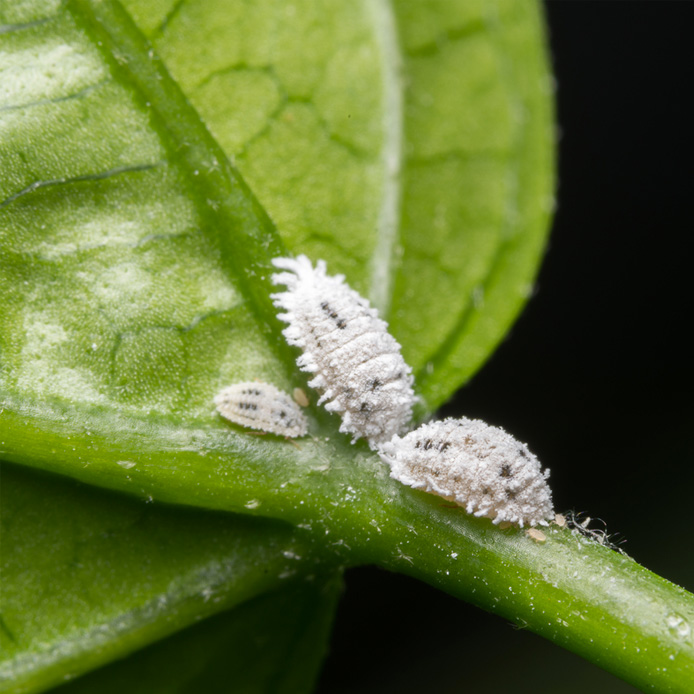
Eeek! What’s eating my plant?
There is a long list of insects that attack indoor plants, the most common being mealy bugs, spider mites and fungus gnats. Mealy bugs are the most troublesome and often it’s just simpler to throw the plant away than to try and kill the bugs, which takes patience and time. They can also infect other plants. Mealy bugs look like bits of cotton usually on the underside of leaves. They lay eggs in leaf axils and other nooks and crannies. Spider mites don’t like humidity so if you see the tiny red bugs, spray them with water and an insecticidal soap. Keep doing this every few days until they disappear. Keep a sharp eye out though – like the mealies, they lay their eggs in hard-to-reach places. Fungus gnats are the ones that lay their eggs in the top inch of the soil and hatch into annoying little flies. To get rid of them you have to treat both the soil with an insecticidal drench and capture the flyers with a spray or with traps of yellow sticky paper or saucers of wine or vinegar.
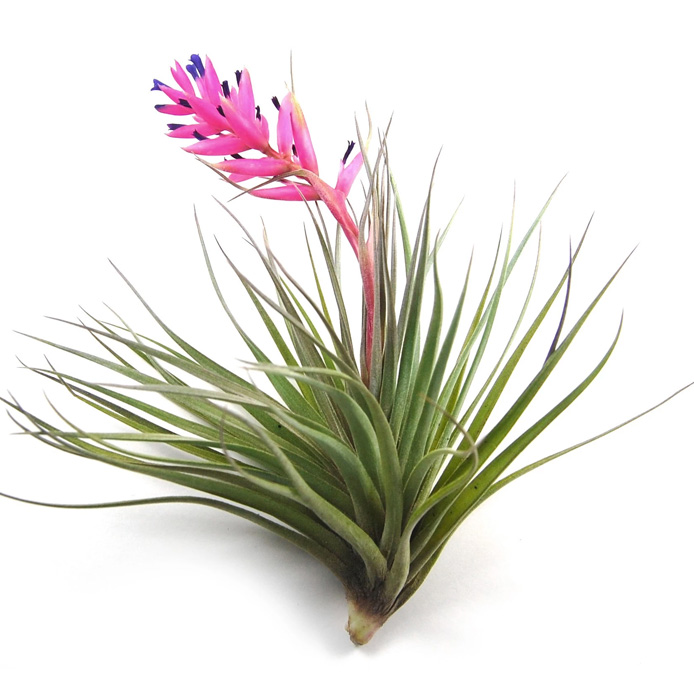
Living on air and water.
Tillandsias are cool plants that don’t have feeder roots and don’t live in soil. Instead, they take in moisture and nutrients from the air around them. To water, simply spray or run tap water over them and shake. They make wonderful arid displays that can be pinned to pieces of driftwood or placed in a glass ball. Happy tillandsias will flower, some of them having very beautiful and unusual blossoms.

Grow clean air.
House plants clean the air of chemicals, dust and other pollutants. Some specialize in the chemicals they prefer: English ivy, peace lily and Chinese evergreen will clean up benzene and formaldehyde; the spider plant and weeping fig will pull formaldehyde, xylene and toluene out of the air; the variegated snake plant and red edged dracaena will clean up benzene, fomaldehyde, tricholorethylene and ammonia from the air. The winners on the list are peace lily and the florist’s chrysanthemum because they will deal with all five pollutants. House plants also absorb carbon dioxide and replace oxygen in the air.



